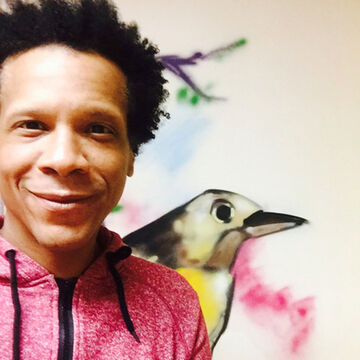|
Description
**This course is only for College Arts Access Program (CAAP) students and is closed to outside registrants.**
Chicago, home to one of the country's largest concentrations of working artists, designers, and other creative professionals, is a city renowned for its unparalleled architecture, innovative public art, and world-class museums and galleries. In this course, students explore diverse contemporary practices through an interactive presentation series, including studio visits with Chicago's leading art historians, artists, designers, writers, and other creative professionals. Each presenter discusses their practice, followed by a guided workshop that asks students to respond through various exercises, from making to performance to writing. Through the presentations, studio visits, and corresponding workshops, students reshape their definitions of contemporary art and design, explore the difference between cultural production and consumption, and learn what it takes to become a successful creative professional in the 21st century. This course is ideal for artists and those interested in exploring the professional paths of creative individuals and opportunities available in the arts.
|
Class Number
2468
Credits
1
|
|
Description
Turn walls into canvases and streets into galleries in this high-impact studio course. You will explore the powerful world of public art, from graffiti and murals to large-scale visual storytelling and community building. Experiment with techniques like spray paint, stenciling, wheat pasting, and bold graphic drawing, while developing work that reflects your voice and point of view. Students will create individual works through live demonstrations, virtual artist talks, critiques, and portfolio-focused projects, and contribute to collaborative public concepts. This is a drawing and painting course at its core, but students are encouraged to push boundaries and combine media that suit their vision. Whether you're interested in murals, design, comics, or street culture, this course offers a dynamic path to producing bold, portfolio-worthy work that stands out.
NOTE: Some basic drawing experience is preferred, but not required. SAIC provides basic equipment for this course. Students are encouraged to bring a digital camera, tablet, and/or laptop for homework and after-studio hours projects.
|
Class Number
1110
Credits
2
|
|
Description
This course examines theoretical and practical issues implicit in the conceptualization of the public sphere. Teacher candidates explore social theory through historical and contemporary models of community activism, grassroots organizing, and other cultural work in relation to the contested space of the public sphere. Teacher candidates research and develop individual and collaborative creative work including interviews, observations, and proposals for an ethical community-based project.
|
Class Number
1967
Credits
3
|

